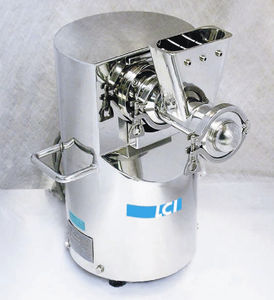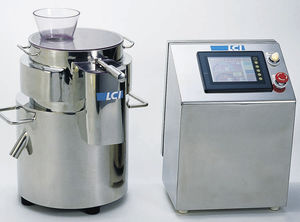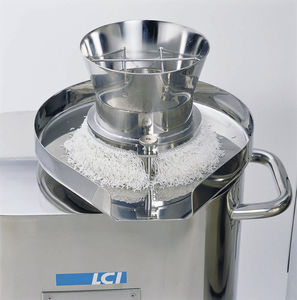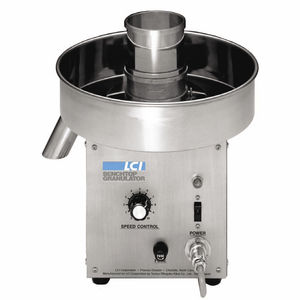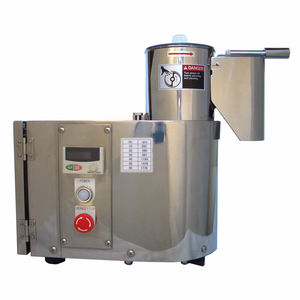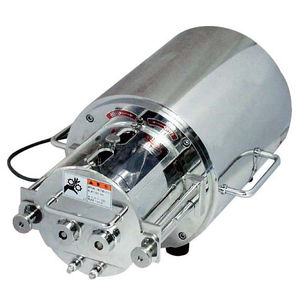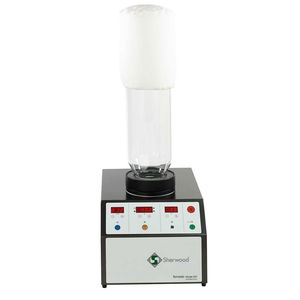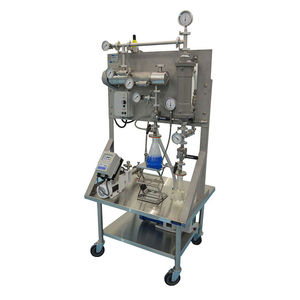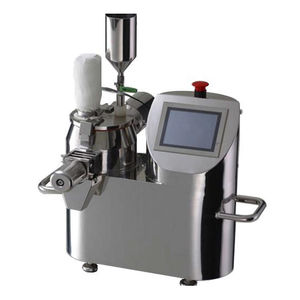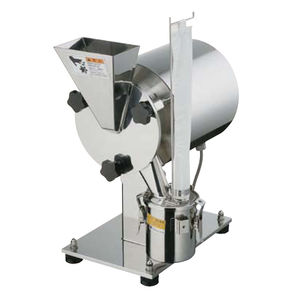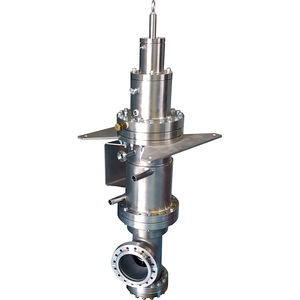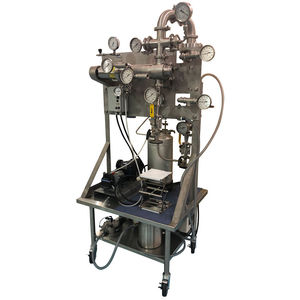
Thin-film evaporator D-Velpac®process
Add to favorites
Compare this product
Characteristics
- Type
- thin-film
- Laboratory/process
- process
Description
The feed material is metered into the thin-film evaporator at a steadily controlled rate by a Customer supplied feed system suitable for the particular feed material.
Upon entering the evaporator, the feed is immediately distributed onto the thermal wall, by the feed distribution ring, as a thin liquid film. The descending product is maintained in a turbulent, thin liquid film by the rotor action. Under these very favorable heat and mass transfer conditions, rapid evaporation occurs, and the vapor exits near the top for condensation in the surface condenser.
The distillate flows out of the condenser into a batch receiver.
The concentrate exits through the bottom cone of the evaporator into a batch receiver. The concentrate and distillate receivers can be emptied by isolating, venting, and draining the product with manual valves. The receiver is pre-evacuated prior to opening it back up to the process.
Capacity of the plant can be varied over wide ranges by changing the feed rate and adjusting the heating temperature and/or vacuum to achieve the desired composition result.
Processing can take place under vacuum, which is established and maintained, by the proper Customer supplied vacuum source and control. Condensing steam or liquid hot oil is normally used as the heating medium in the evaporator jacket. It is important to steadily control: feed rate (and composition), feed temperature, heating temperature, and internal operating pressure/vacuum, in order to achieve uniform product results.
Catalogs
D‐Velpac® Evaporator
2 Pages
*Prices are pre-tax. They exclude delivery charges and customs duties and do not include additional charges for installation or activation options. Prices are indicative only and may vary by country, with changes to the cost of raw materials and exchange rates.



